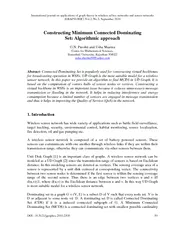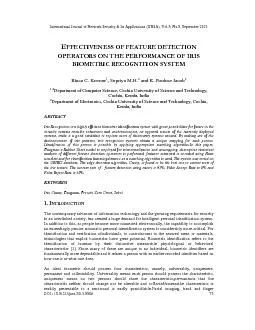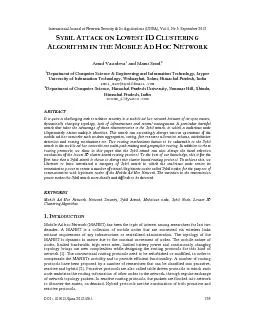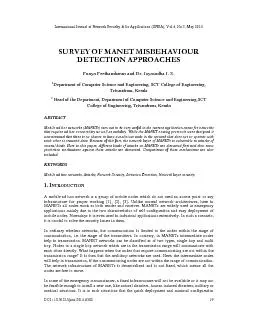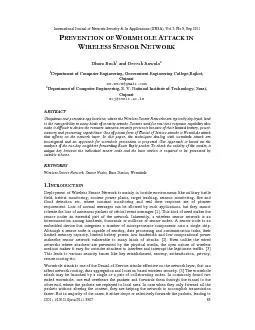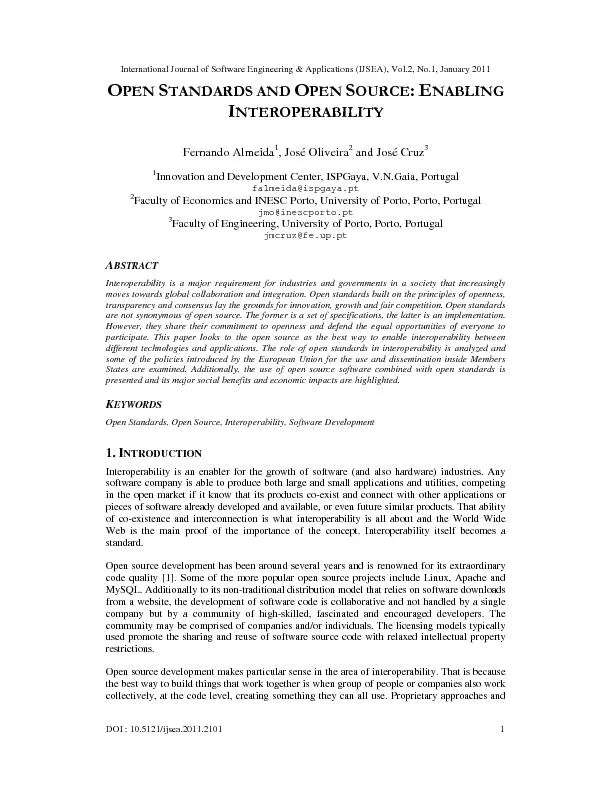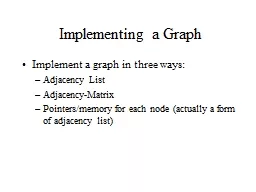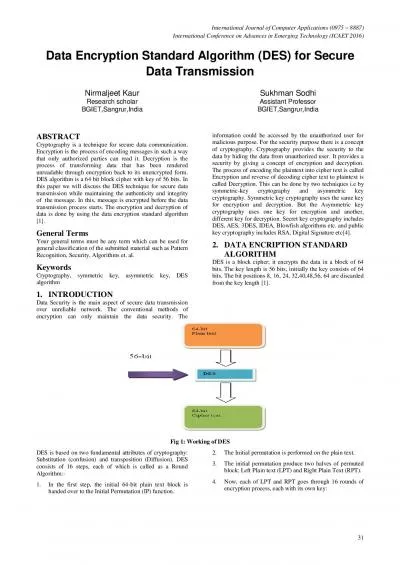PDF-International journal on applications of graph theo ry
Author : test | Published Date : 2015-06-03
2 No3 September 2010 DOI 105121jgraphoc20102305 59 Constructing Minimum Connected Dominating Set Algorithmic approach GN Purohit and Usha Sharma Centre for Mathematical
Presentation Embed Code
Download Presentation
Download Presentation The PPT/PDF document "International journal on applications of..." is the property of its rightful owner. Permission is granted to download and print the materials on this website for personal, non-commercial use only, and to display it on your personal computer provided you do not modify the materials and that you retain all copyright notices contained in the materials. By downloading content from our website, you accept the terms of this agreement.
International journal on applications of graph theo ry: Transcript
Download Rules Of Document
"International journal on applications of graph theo ry"The content belongs to its owner. You may download and print it for personal use, without modification, and keep all copyright notices. By downloading, you agree to these terms.
Related Documents

